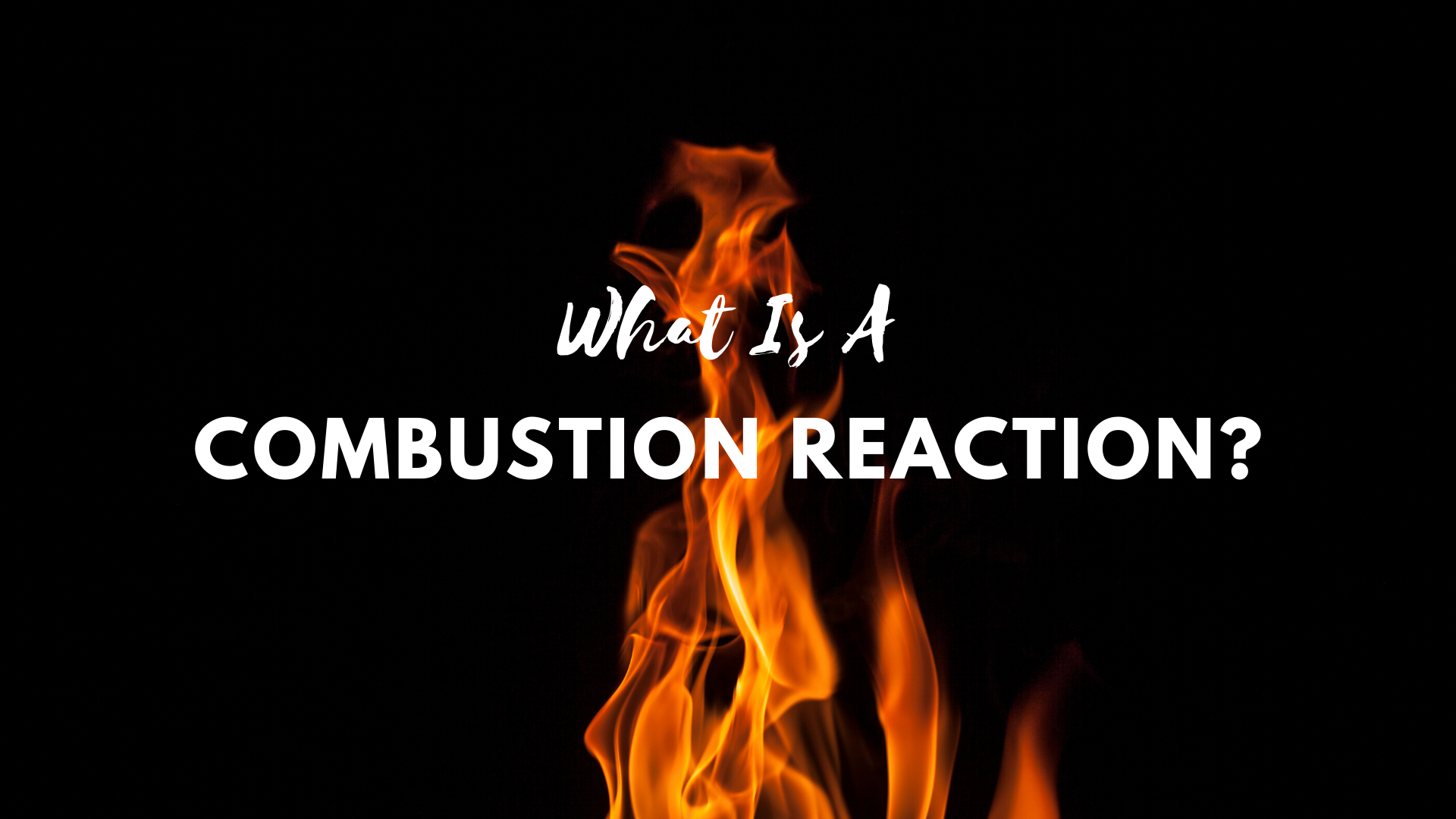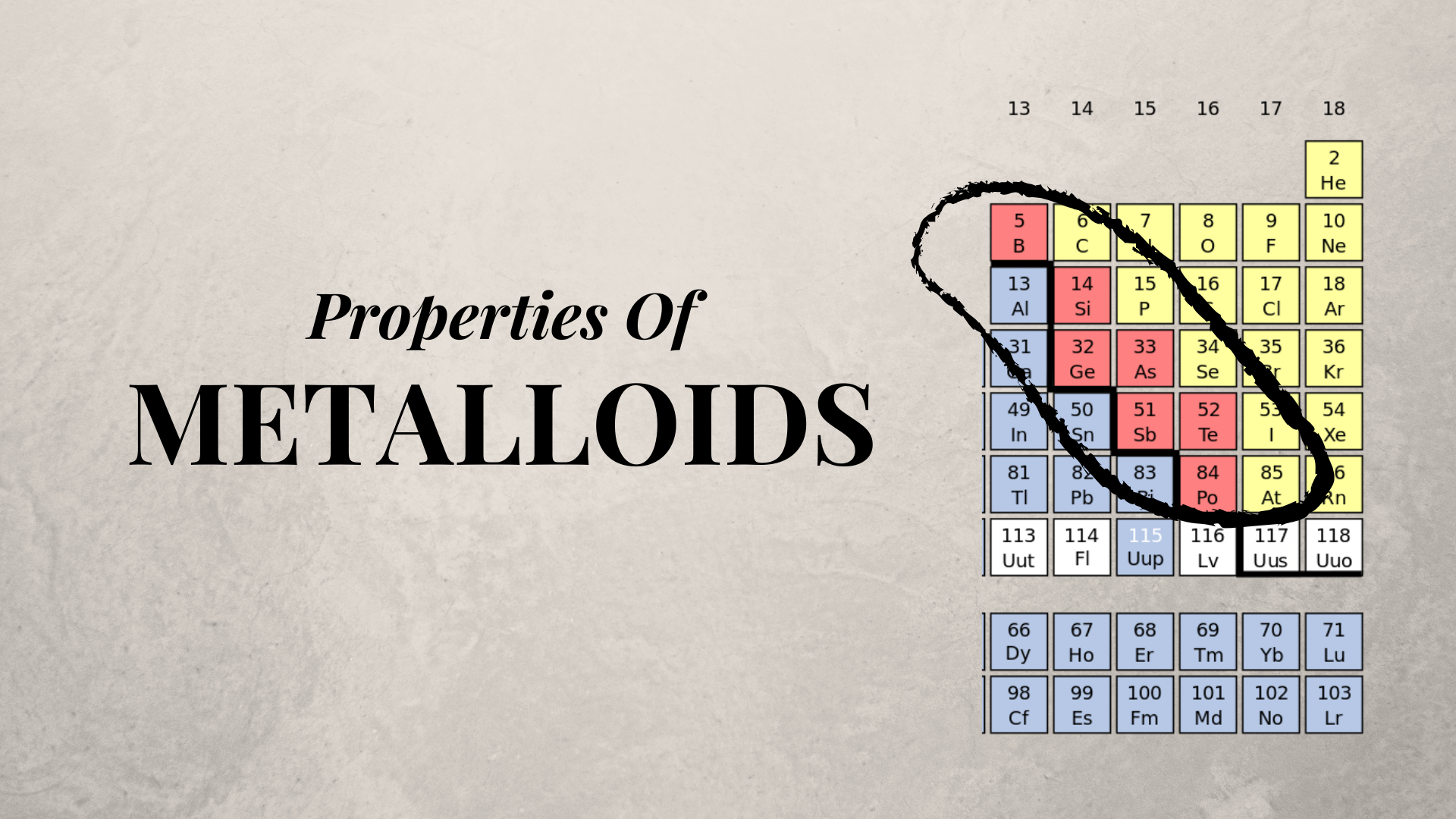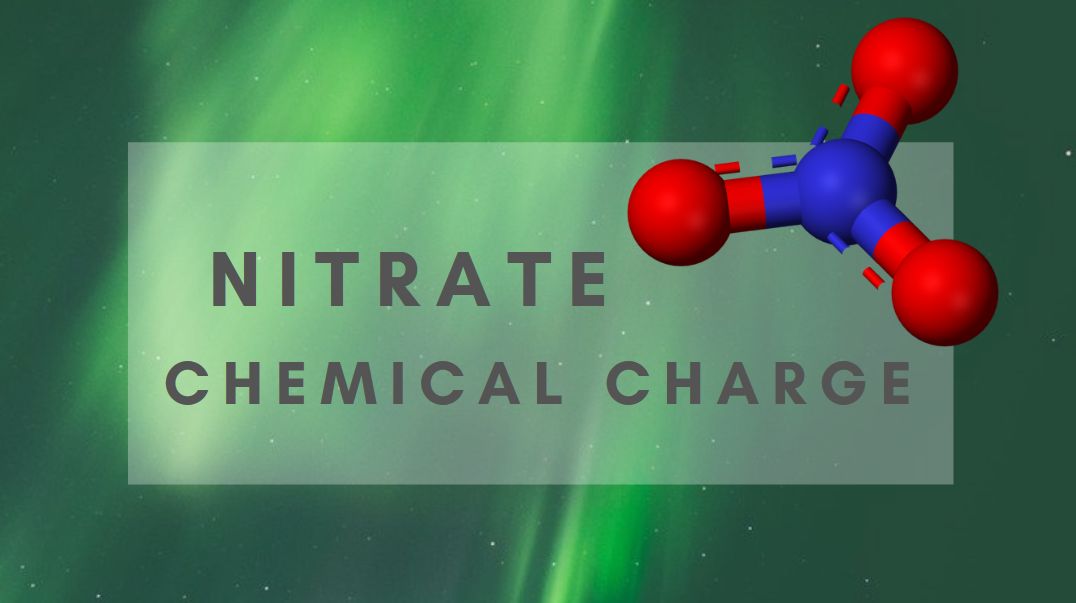The Chemical Equation For Photosynthesis

The chemical equation for photosynthesis involves the input (reactants) of carbon dioxide, water, and sunlight to produce the outputs (products) of glucose and oxygen. This…
Read more

The chemical equation for photosynthesis involves the input (reactants) of carbon dioxide, water, and sunlight to produce the outputs (products) of glucose and oxygen. This…
Read more

Combustion refers to a high-energy chemical reaction in which fuel is oxidized and converted into a mixture of often gaseous products. Combustion is an exothermic…
Read more

Zinc (Zn) is a metal located in the group 12 of the d-block on the periodic table. The atomic number of zinc is 30 meaning…
Read more

HC2H3O2 is the chemical formula for the organic compound acetic acid. Also called ethanoic acid, acetic acid is a colorless liquid compound that plays a…
Read more

Nuclear energy pros and cons can be separated into the non-greenhouse gas emitter, consistent supply of energy, and low operating cost for nuclear energy pros…
Read more

The color-coded periodic table is a tabular representation of the different chemical elements. Elements in the periodic table can be color-coded together according to atomic…
Read more

Metalloids are elements found between the metals and nonmetals on the periodic table of the elements. They are also called semimetals. Metalloids have properties that…
Read more

To convert moles to molecules you will need to use two equations and have at hand Avagadro’s number and the number of moles in your…
Read more

The periodic table of metals and nonmetals can be broken down to give you a sense of each element’s characteristics. Metals, nonmetals, and metalloids make…
Read more

Nitrate, chemical formula NO3, has a chemical charge of -1. Ion nitrates have a negative one formal charge. You may be wondering why this is…
Read more

The ionic radius of an atom is a measurement of the atom’s ion when the atom is within a crystal lattice. The ionic radius is…
Read more